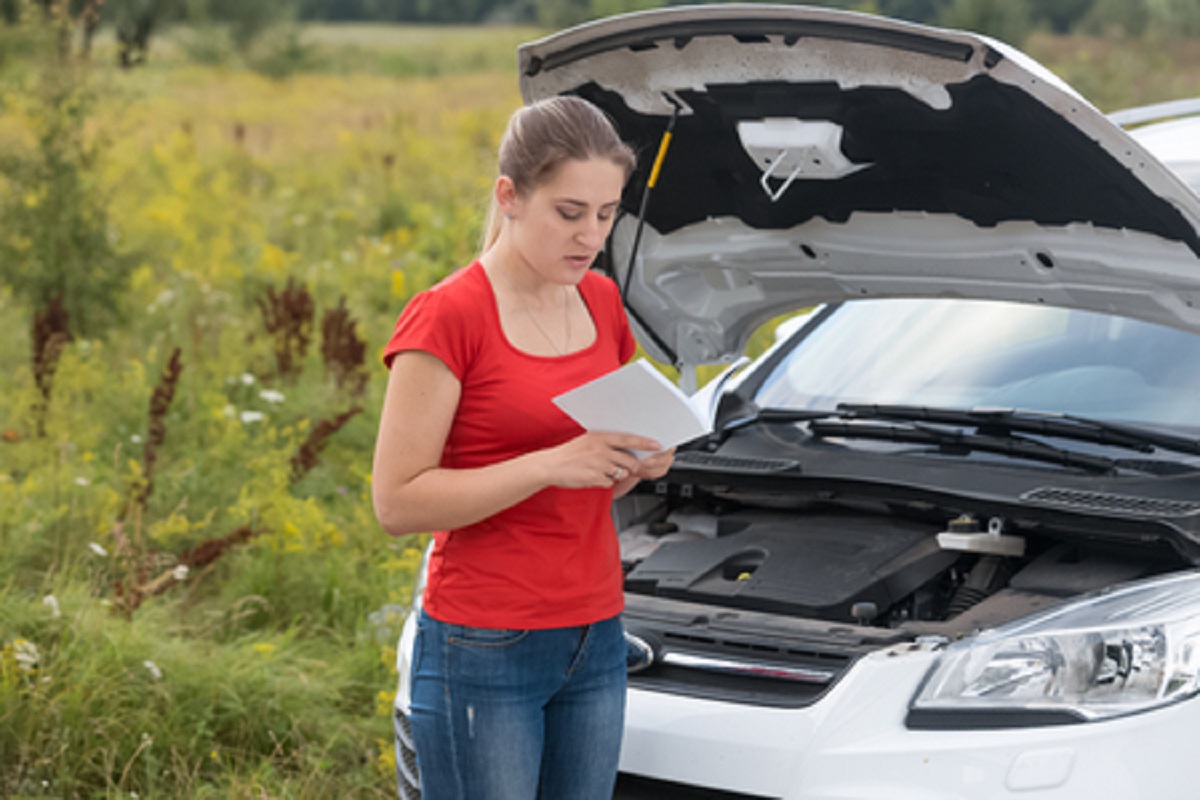One of the most important things car owners don’t look at very much is their car’s owner’s manual. Even if this treasure trove of a book isn’t always in one’s car, it should be for the simple fact that it’s better to have it and not need it than vice versa. For a specific make and model, the owner’s manual has every relevant detail pertaining to the vehicle from its basic features to crucial troubleshooting advice. Admittedly, all this useful content in a single location can be pretty overwhelming. For that reason, here are some of the more important facts in a car owner’s manual.
Initially Setting Up
Cars change with every given year, with models adding various new technological features, most of which call for some setup, including systems for delayed lighting, keyless entry, and decibel thresholds for sound systems. Attempting that first setup without a manual can grow from annoying to frustrating quickly whereas having the manual makes it a walk in the park.
Checking Fluids
For most car owners, reading fluid dipsticks isn’t that hard, but there are fluids that should be checked cold while others provide better readings hot—check transmission fluid with the vehicle on and your oil with the vehicle off. More importantly, car owners usually need help finding where to measure fluids since this varies between models.
Troubleshooting Common Problems
In times when drivers find themselves stranded by the roadside or in parking lots with no cell service, they very well may be on their own. The owner’s manual addresses, in simple terms, how to manage common emergencies, including flat tires, dead batteries, and opening broken electric windows.
Accessing Technical Data
It’s likely car owners will eventually have to retrieve further technical information about their car’s components, such as dimensions for paint job estimates or the size of the engine. All of this and more is in the section of a car owner’s manual for technical data. With this data, it’s easy to find vital information quickly when anything goes wrong.
Achieving Ideal Tire Pressure
Operating a tire gauge is easy, but car owners must know the right tire pressure for the vehicle to properly fill them up. This information can be found on the tires themselves, but it’s also available in the owner’s manual with instructions to make sure the tires aren’t underinflated or overinflated.
Deciphering Warning Lights
Seeing unidentifiable lights on the dashboard suddenly light up can be trying, especially if they’re not self-explanatory. Luckily, every warning light is described in the car owner’s manual, at which point car owners can head to their mechanic for a diagnosis.
What the Warranty Covers
If issues start arising in a vehicle, it’s tempting to go ahead and approve any repairs recommended by the mechanic. However, some issues or parts could be covered by the car’s warranty. Be sure to check the manual to ensure such a warranty is not voided.
Think you or someone you know is in need of Behind the Wheel Training? Training Wheels is a Mays Landing driving school specializing in teaching new teen drivers how to stay safe on the road. For more information on our lessons, please click here.
Copyright: kryzhov / 123RF Stock Photo

